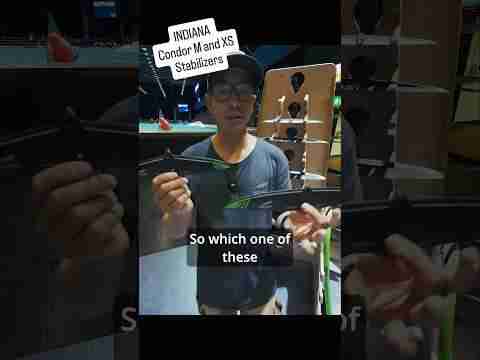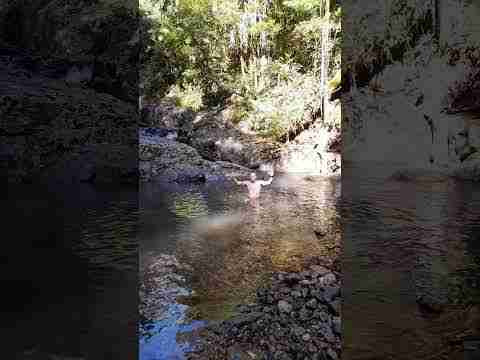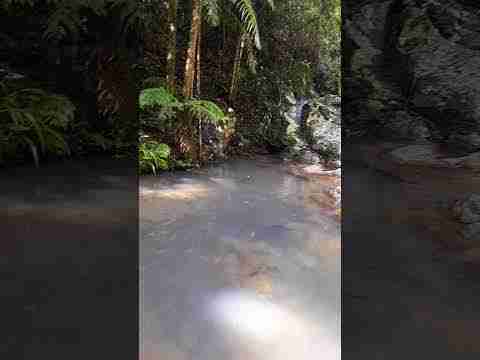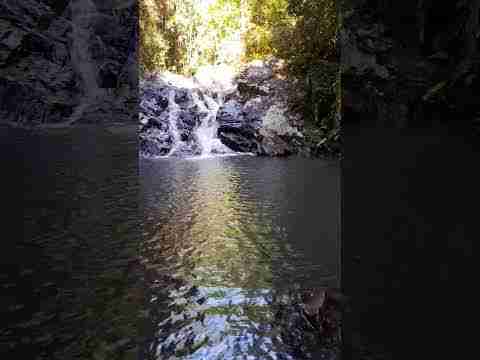[please login to make this ad block disappear]
Independent Playak Review: TNP Pyxis
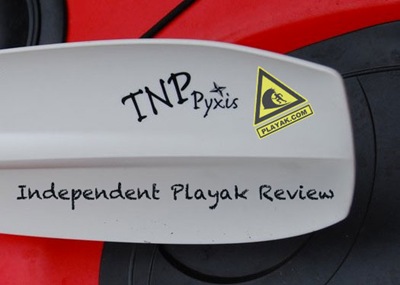 An independent Playak review of the TNP Pyxis touring/sea kayaking paddle.
An independent Playak review of the TNP Pyxis touring/sea kayaking paddle.
Laminex TNP is a Czech manufacturer specialized in paddles and oars. The TNP brand is best known for their entry-level leisure paddles, but TNP also offers a wide range of more specialized products dedicated for sporting activities like canoeing, rafting, stand-up paddling, dragon boating, sea kayaking, whitewater and freestyle kayaking. The Pyxis paddle belongs to TNP’s higher line of touring paddles. The paddle is available with shafts of different materials (aluminum, glass fiber, carbon), in split and non-split versions and in different lengths. The paddle we reviewed is a split version with a carbon shaft and YP coupling.
Blade Design
The blades of the Pyxis are relatively long and narrow. This is typical for paddles designed for a relaxed low angle paddle style – the style common for most touring paddlers. A low angle paddle style is when your hands stay low (not rising above your chest) throughout the paddling movement and your paddle shaft doesn’t angle more than 45 degrees to the water surface. When your hands rise up to your face during the paddling movement, and the paddle shaft approaches nearly vertical during the stroke, you are a "high angle" paddler. High angle paddling tends to feel more demanding on your shoulders, as it takes more shoulder action to raise your arms higher and hold the paddle shaft close to vertical throughout the stroke. The advantage of the high angle is that the paddle blade passes closer to the boat during the stroke - generating more forward power and less turning leverage, resulting in a straighter, faster pace. Ideally a touring paddler is able to vary between a lower and a higher paddling style, as both styles involve slightly different sets of muscles during the stroke, so changing the style can give temporary relief for (parts of) the muscles and extends the long distance endurance. So it’s good news that the blade of the Pyxis paddle proved to perform fine in both paddling styles.
The rather small blade (604 cm2) doesn’t put too much strain on your shoulders in a low paddling style, and the blade is stiff enough for a more aggressive and powerful high angle style stroke. Actually the length of the paddle is more relevant for the paddling style than the blade design. In general: for a low angle style a longer paddle is required. A high angle style works better with a shorter overall paddle length. The characteristics of a shorter and wider blade design come more into play when paddling in a real fast cadence.
The stiffness of the blades of the Pyxis will partly be created by the used material (glass reinforced polyamide), but will also be due to the pronounced middle ridge of the blade. For smooth linking and maneuvering strokes a somewhat flatter cross section is preferable, but for the forward stroke (and that is what it is about in 99% of the touring paddling…) a good catch and absence of flutter is of most importance. The blade of the Pyxis paddle offers a good compromise for the touring purpose. The used polyamide is perhaps not the “sexiest” of blade materials, but offers the advantage of being almost indestructible.
Carbon Shaft
Our Pyxis paddle was outfitted with the carbon (50% glass, 50 % carbon) version of the shaft. This shaft will be the main contribution to the relatively light weight of the paddle: 900 grams for a split touring paddle is not a record, but very decent. The paddle feels well balanced and has a light swing weight – a good distribution in weight between the shaft and the blades. The diameter of the shaft is 30 mm and will fit most medium to large-sized hands. Paddlers with smaller hands will appreciate that TNP also offers an option for a narrower shaft (= the Pyxis light).
Split Construction
TNP provides what they call a YP coupling: a smart locking system for the split paddles that allows to take the paddle apart and to adjust both length and feather angle. You can fine-tune the paddle to your personal preferences. The operation is simple: just open the lever lock, fix the lock on the appropriate length/feather angle setting on the ferrule, and close the lever. You don’t need any tools and you don’t risk losing any parts because it’s a one-piece system. This makes it possible to adjust the paddle length on the water. All testers highly appreciated this feature. It’s a great (and quite unique) benefit that you can adapt the paddle to the circumstances: e.g. shorten the paddle and increase the feather for high angle style paddling against the wind, or make it longer for more relaxed downwind paddling in a low angle style.
The mechanism itself makes a solid impression. It functioned flawlessly during the test period. When you rinse the coupling down with fresh water after use, wipe away any dirt, and separate the paddle halves for storage, this solid locking system isn’t likely to wear out.
Conclusion
The TNP Pyxis is a touring paddle that performed nicely during the test period. It’s solid and (in the version with the carbon shaft) well balanced and reasonably light. The outstanding feature of the Pyxis is the YP coupling system, which turns this touring paddling into a very versatile piece of kit. The paddle is available in lengths from 200-240 (!) cm. Make sure you choose a good fit!
For Playak,
Hans Heupink
Forums
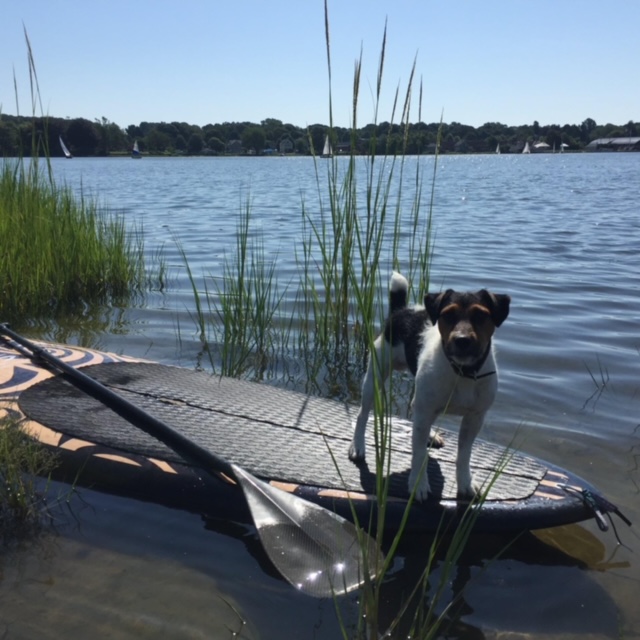
- Add rocker on a Sup » Hello there... (River SUP)
- 11' hard for river » Thanks, But is'nt for the same river... (River SUP)
- sup master instructor course from the Italian Federation for Amateur Paddling: October2016-June2017 » You should check out the ACA SUP program, as it sounds kinda similar...
- Waterblading - Send your Pics » bounce...
- Show us your SUP fish pics! » Extra Wide SUP for Fishing WideSUPfor2-2-3... (SUP Fishing)
- Michael Dolsey SUPs Has Just Opened a Southern California Distribution Center » NEWS FLASH Michael Dolsey Stand Up Paddleboards has just opened a southern California Distribution Center servicing the entire West Coast market...
Login to post here


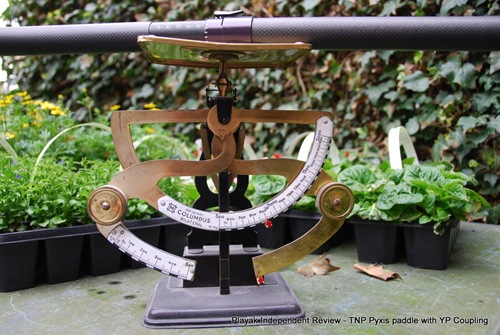
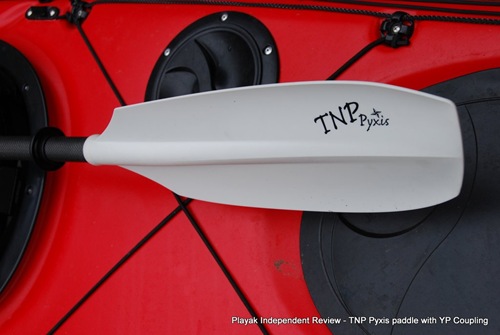
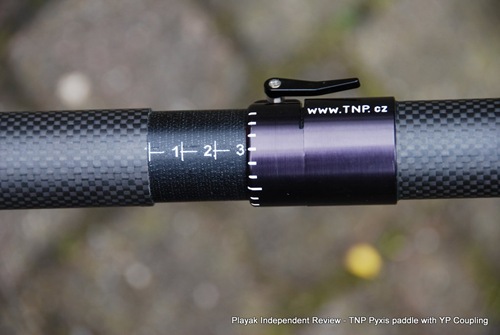
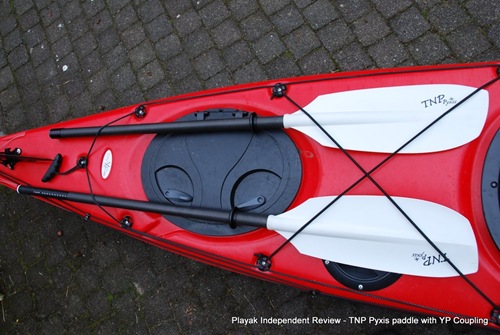

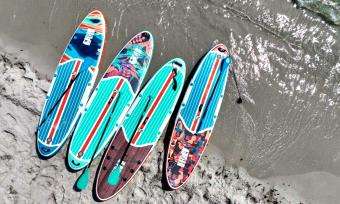









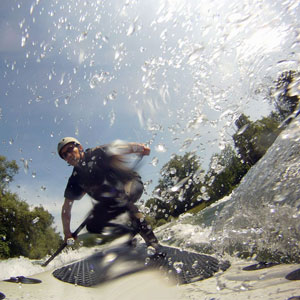 Get for free:
Get for free:

